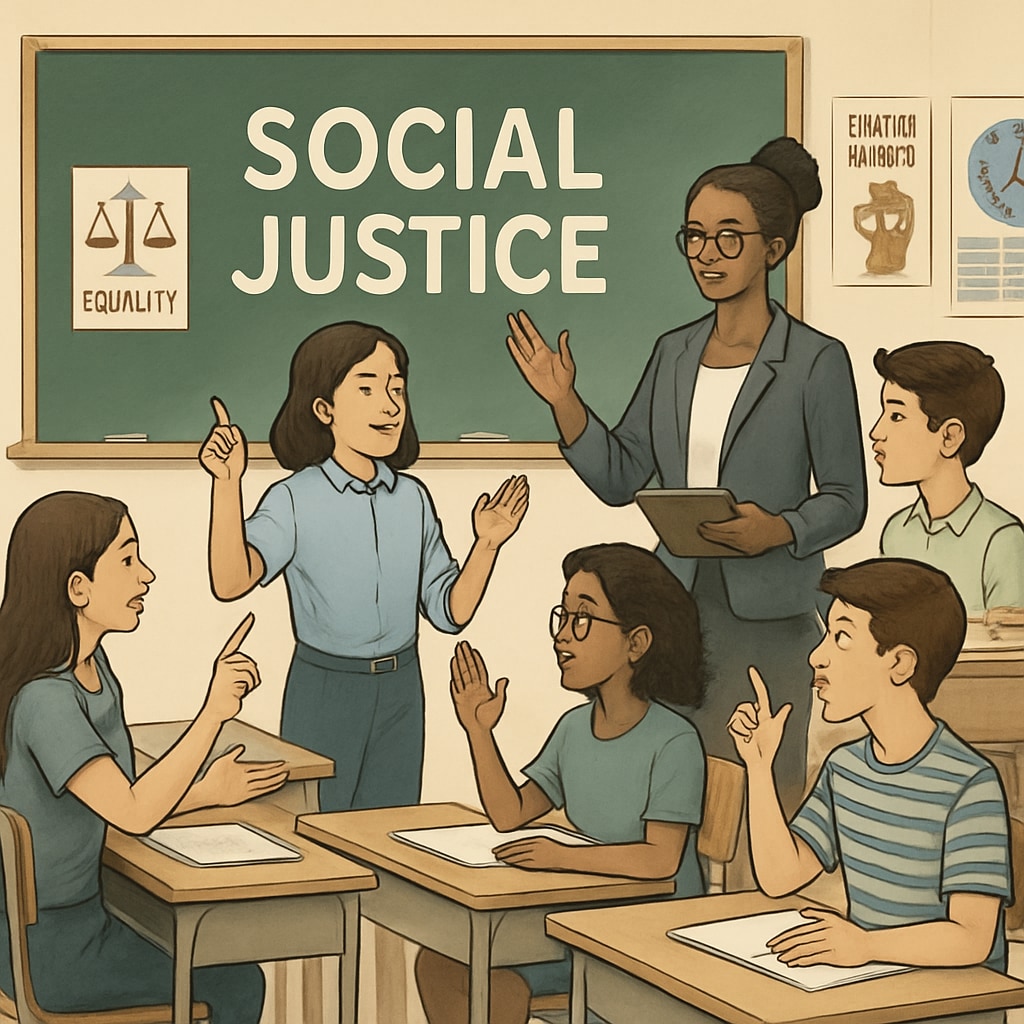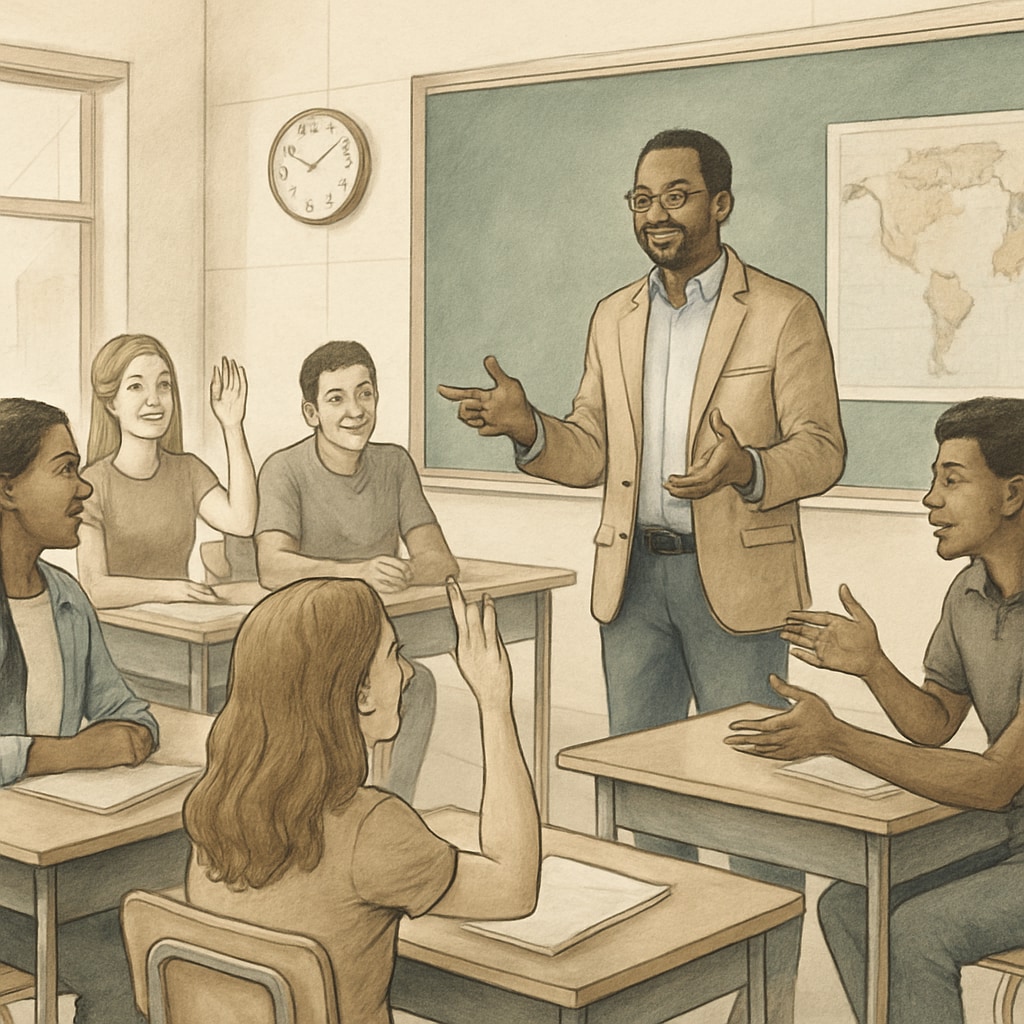In recent years, “wokeness,” a term often associated with heightened awareness of social and political inequalities, has found its way into K12 education systems. This phenomenon is raising questions about how students perceive political ideologies in schools and how these perceptions influence their development. With a growing focus on inclusivity and social justice, it becomes essential to examine whether these efforts are helping students form independent values or inadvertently shaping their worldview in a singular direction.
Understanding Wokeness in Educational Contexts
The concept of wokeness in education refers to the integration of social and political consciousness into the curriculum and school culture. While the goal is to create an inclusive environment that addresses systemic inequalities, it has also sparked debates about the balance between educating and influencing. For students, this can manifest in classroom discussions, school policies, and extracurricular activities.
However, the real question lies in students’ perceptions of these ideological shifts. Are they able to critically engage with these topics, or do they feel overwhelmed by a singular narrative? Research suggests that students often experience mixed reactions, ranging from appreciation for inclusivity to discomfort with perceived bias.

Students’ Perceptions: A Diverse Spectrum
Students’ responses to wokeness in schools vary widely based on age, cultural background, and personal experiences. For some, the inclusion of social justice topics is empowering, giving them a voice in matters they care about. For others, it may feel prescriptive, limiting open discussions or alternative viewpoints.
For example, a study by Britannica highlights that while younger students often view these topics as opportunities for understanding diversity, older students might critique the lack of ideological neutrality. This diversity in perception underscores the need for educators to approach these topics with sensitivity and balance.

Challenges and Opportunities in Balancing Ideologies
One of the primary challenges in addressing political ideologies in schools is maintaining a balanced narrative. Overemphasizing any one perspective can alienate students who hold different beliefs, potentially stifling critical thinking. On the other hand, avoiding such discussions altogether risks neglecting important social issues.
To strike this balance, schools can adopt the following strategies:
- Encourage open dialogue: Create safe spaces where students can express diverse opinions without fear of judgment.
- Provide multiple perspectives: Ensure that curricula present varied viewpoints on social and political issues.
- Focus on critical thinking: Teach students to analyze information critically, fostering independent thought.
By adopting these approaches, educators can help students navigate complex topics while respecting their individuality.
The Path Forward: Promoting a Balanced Educational Environment
Ultimately, the goal of incorporating political ideologies into education should be to empower students to think critically and form their own values. This requires a commitment to neutrality, inclusivity, and dialogue. As society continues to grapple with polarization, schools have an opportunity to model constructive engagement, preparing students for thoughtful participation in a diverse world.
In conclusion, wokeness in schools presents both challenges and opportunities. By understanding students’ perceptions and fostering a balanced approach, educators can create an environment where students feel supported in their growth, free to explore multiple perspectives and develop their unique worldviews.
Readability guidance: Short paragraphs and lists are used to improve readability. A mix of active voice and transitional phrases ensures smooth flow and accessibility.


